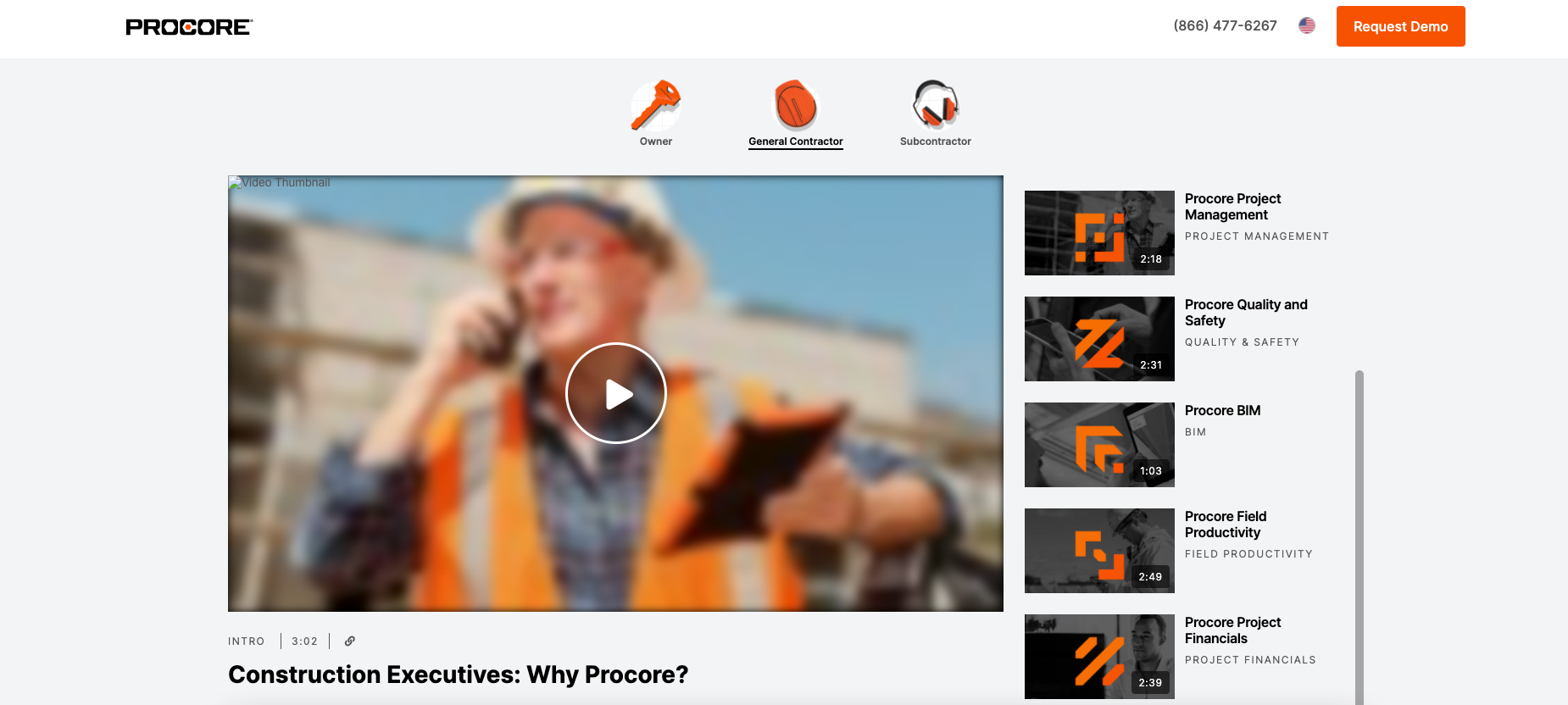The Essential Guide to Incorporating Demo Automation Into Your Sales Process

CEO, Co-Founder
The demo automation software space is fast moving with new solutions that solve a variety of pain points across the sales and marketing stack. Let’s explore the demo automation space to see what this term really means. And where do interactive demos fit in?
Mainly, the challenge is determining which touchpoints with a prospect are prime candidates for automated solutions and those that require more of a human touch.
Implementing sales demo automation requires a careful, thoughtful approach as there is not a one-size fits all solution. Every sales situation is unique and while demo automation can be a powerful tool in the B2B seller’s toolkit, it is not for every situation. Lastly, it’s important to clarify the relationship between interactive demos and demo automation.
This post is designed as a helpful guide for marketing and sales professionals through the essential elements of sales demo automation.
Introducing demo automation
So, what is demo automation in the first place?
Of all steps in the sales process, scheduling and performing demos are two areas of friction that can quickly improve with demo automation.
In short, demo automation software can replace the need for a time-intensive trial or a walkthrough from a salesperson over a Zoom call. This also helps sales teams “ignite” prospect interest as coined by Peter Cohan from Great Demo!
The cliché is that “salespersons can spend more time selling and less time doing demos,” but that doesn't tell the whole story.
After all, SaaS companies need sales and presales teams to showcase their products to qualified prospects, right? Well, the facts on the front lines of the software development industry suggest otherwise.
Simply put, there's no way to scale up live one-on-one demos. Typically, standard software demos entail a salesperson speaking to a prospect while they wait patiently to ask questions if any.
It's understandable that SaaS companies have trouble getting out of this “old school” sales mindset, but that's the gist of how prospects experience SaaS products during a traditional (turtle-speed) demo.
Effectively, the motion of the process is sales-led, not product-led, and it's too slow.
As an alternative, presales demo automation provides a better user experience through a demo experience ultimately driven by the prospect, not a sales pro.
That said, what are the initial steps to incorporating automated demos in your sales process?
How do you incorporate demo automation into a SaaS sales process?
The beauty of demo automation is that sales and marketing teams can easily adjust and tweak them as needed. What may end up happening is the rise of an entirely new approach to SaaS sales.
So, to start incorporating demo automation in a SaaS process, the first step is discovery. As many have astutely pointed out, the purpose of a demo is more than just showing your product. Rather, it’s to see if your solution meets the needs of your prospects.
With an automated demo, prospects can explore the platform without needing to connect with a member of the sales team. This gives them the flexibility to learn more about the feature-set of the platform without the time commitment of a full traditional demo. Lastly, this self-service options gives prospects the ability to share with internal stakeholders and see if it’s a good fit for their organization without friction from the vendor-side.
The idea is to make the demo easily viewable and shareable within the prospect's organization because there won't be a single individual making the final decision in all likelihood. In fact, a recent study found that 63% of buying decisions included more than four stakeholders (source: Forrester B2B Buying Study)
Another fantastic feature of presales demo automation is that sales teams can get a read on prospects' pain points by analyzing their areas of interests through engagement analytics. This valuable information can be challenging to uncover in traditional “show and tell” methods of selling as the prospect is not the one in the driver’s seat.
Without this type of automation in place, there isn't really a go-to trick to see where a prospect has objections. Still, when a sales team can have insight into this information ahead of time, it's far easier to anticipate a prospect's needs.
Does this replace the demo?
The short answer is no. Automating demos isn't a wholesale, rip-and-replace solution. It's primarily a great way to streamline sales at scale without the need for manual, time-consuming processes, especially for deals with a lower ACV. For additional data points around your ACV, this piece lays out a set of helpful benchmarks.
SaaS companies still want to schedule a live Zoom call for most customers, so interactive and automated demos provide a means to replace performing demos with unqualified, less-than-ideal prospects like a company with small IT budgets.
An automated demo early in the sales funnel allows SaaS companies to control costs while optimizing the qualification and discovery stages of a sales process.
What mediums can you use to facilitate demo automation?
Thus far, we’ve seen two effective mediums for the creation and dissemination of automated demos:
- Video - Sales and presales teams can create a set of short demo videos that walks through discrete features and workflows in the software.

These video overviews provide a high-level tour of the product offering or service but do not enable a viewer to 'touch and feel' the product.
- Interactive Demos - Interactive demos allow teams to create and share a controlled, front-end copy of the software that looks and feels like the real thing.

Using an interactive demo creation platform, teams are able to create and share “choose your own adventure” demos that allow users the options to get a hands-on feel for different workflows.
Who benefits from the creation of demo automation?
By far the most significant benefit, creating automated, interactive demos allows salespersons to get a more accurate read on a prospect's pain points – and what they really love about your solution!
Honestly, a sales-led sales motion doesn't allow for this kind of interaction between a potential customer and the product they'll end up buying.
Both account executives and sales representatives will save a tremendous amount of time, creating a more accessible experience for the customer. Essentially, the salesperson can adapt their approach to be more product-focused instead of preaching the virtues of a product to a prospect.
These automated demo solutions also support the presales organization. For instance, solution engineers can spend less time designing and implementing generic overview demos for unqualified prospects and more time preparing and tailoring customized demos for high intent prospects.
But most of all, the customer is the biggest winner when it comes to sales demo automation because no salesperson is creating more friction than is necessary to close the deal.
Customers effectively qualify themselves as prospects by completing an automated demo, which often includes a follow-up to finalize the sale.
At the end of the day, automating interactive demos can significantly improve conversions and close rates no matter which industry your SaaS company serves.